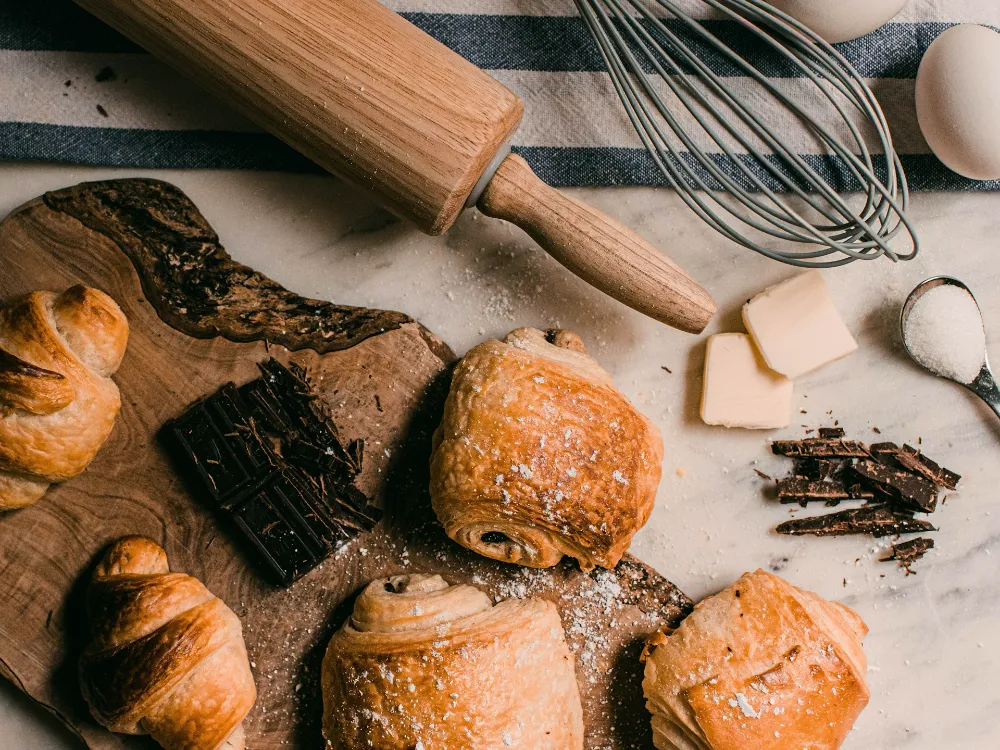
You pull a cake out of the oven expecting it to be golden, fluffy, and perfect — only to find it’s sunken in the middle, burnt on the edges, or still raw inside. Sound familiar? Baking can feel unforgiving, but most failures come down to a handful of small mistakes. The good news? With the right tweaks (and the right tools, like the latest Smeg oven range), you can transform your results without needing years of professional training.
Measuring Is More Important Than You Think
Unlike cooking, where a pinch of this or splash of that works fine, baking relies on precision. Even a few grams off can throw the texture completely out of balance. Always measure dry ingredients with proper measuring cups and level them off with a knife. For liquid ingredients, use a clear measuring jug on a flat surface. If you really want consistency, invest in digital scales — they take the guesswork out and guarantee accuracy.
Temperature Can Make or Break Your Bake
Many baking fails are simply the result of the oven running too hot or too cool. If your biscuits spread too much or your sponge collapses, the culprit could be uneven heat. An oven thermometer helps you double-check accuracy, while preheating ensures everything bakes as intended. For recipes calling for room-temperature butter or eggs, don’t rush it — cold ingredients don’t mix as well and can leave you with dense, uneven bakes.
Don’t Overmix (or Undermix)
It’s tempting to keep stirring until your batter looks silky smooth, but overmixing develops too much gluten, leaving you with tough cakes or rubbery muffins. On the other hand, undermixing leaves streaks of flour and uneven textures. The fix is simple: mix until the ingredients are just combined, and stop. For delicate recipes like sponge or chiffon cakes, folding with a spatula instead of beating with a whisk can make all the difference.
The Right Bakeware Matters
That dented old tray or dark, thin pan at the back of the cupboard could be sabotaging your baking. Darker pans absorb more heat, often burning the bottom before the middle cooks through. Glass dishes, on the other hand, retain heat and may need lower oven temperatures. Stick to high-quality, heavy-gauge metal bakeware for even results, and line tins with baking paper to prevent sticking.
Timing Is Everything
Ever opened the oven door to check your cake, only to watch it deflate? Heat loss during baking interrupts the rising process. Resist the urge to peek too often — wait until you’re at least 80% through the recommended time. Use the skewer test (insert a toothpick into the centre; if it comes out clean, it’s ready) or gently press the surface to see if it springs back.
Know Your Recipe Inside Out
Not all recipes are created equal. Some online ones are poorly tested, leaving you frustrated when results don’t match the photos. Always read through the recipe before starting, and double-check you have all ingredients and equipment ready. If something feels off — like a recipe calling for an unusually high oven temperature — compare it with a trusted cookbook or website to confirm.
Small Tweaks, Big Results
Sometimes success comes down to little adjustments:
- Room-temperature eggs help batters emulsify properly.
- Sifting flour prevents lumps and adds airiness.
- Chilling dough before baking biscuits keeps them from spreading too thin.
- Rotating trays halfway through ensures even colouring.
These may seem minor, but together they can completely change your results.
Baking With Confidence
Baking doesn’t have to be hit or miss. By measuring carefully, managing oven temperature, and paying attention to mixing, you’ll eliminate most common problems. Add quality bakeware and a little patience, and suddenly your cakes rise evenly, biscuits hold their shape, and loaves bake to perfection.
With a few easy fixes, you can go from “Why does this never work?” to “I can’t believe I made that!” — proving that great baking is less about luck and more about knowing the right tricks.













